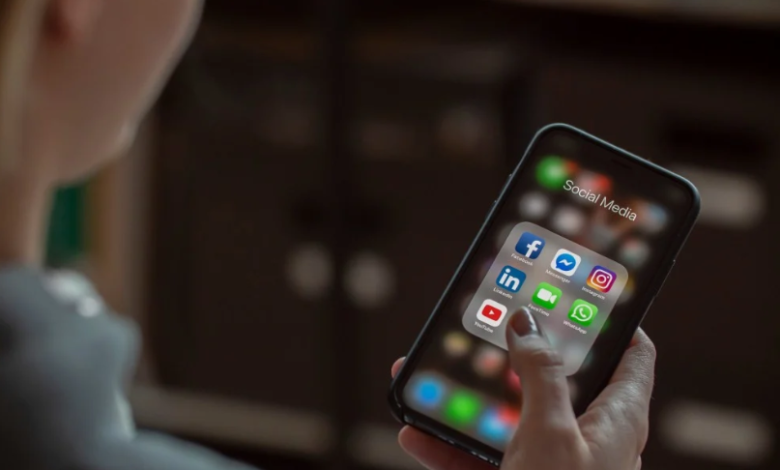How Not to Blow Up on TikTok: Five Reality Filters for a Tired Brain

Endless clips whip past, dopamine spikes crash, and focus shreds into confetti. Short‑form feeds feel infinite, but cognitive bandwidth is painfully finite. Surviving that torrent requires filters — not for the algorithm, but for perception — so the off‑screen world doesn’t dissolve into static.
In side chats where strategies for jili royal fishing circulate like raid notes, the same logic appears: manage stimuli, pace rewards, resist the “one more pull” reflex. A swipe feed is just another variable‑ratio loot box; the currency isn’t gems, it’s attention. Redirecting that loop becomes an act of hygiene, not heroism.
Time Has Edges
Open‑ended scrolling trains the brain to forget duration. A visible countdown, a pre‑declared window, even a kitchen timer on the desk reintroduce borders. When the bell rings, the session ends — not when exhaustion does.
Name the Clip Before It Names You
A quick internal tag — entertainment, education, inspiration, or inertia — yanks the prefrontal cortex into the loop. If the answer is inertia, that thumb moves with intention, not autopilot. Labeling turns passive intake into an active choice.
Separate Tools for Separate Modes
Creation lives on a laptop or in a notebook; consumption stays on the phone. Changing devices flips cognitive gears. Same screen, same loop — different screen, different role.
Pair Digital Bites with Physical Breaks
After a session, an analog micro‑reward anchors the body: a stretch, a glass of water, thirty seconds at the window. Sensory resets stitch awareness back into the room and remind nerves they belong to a spine, not a scroll.
Batch the Noise
Following creators through weekly digests or newsletters collapses hundreds of ambushes into one intentional seating. One playlist beats four hundred surprise hooks. Let the algorithm chase someone else.
Friction and Environment: Quiet Allies
- App shortcuts buried, icons grayed out, passcodes required — a half‑second of friction is often enough to jolt awareness.
- “Do Not Disturb” scheduled like armor, not afterthought; push alerts are landmines, and disarming them is free.
- No‑phone zones — bed, dining table, bus seat — physical boundaries train neural ones.
- Audio first when possible; podcasts and long mixes chew less visual bandwidth and encourage narrative depth.
- Screens face a wall at night; blue‑light filters are fine, distance is better.
When Scrolling Is a Symptom, Not a Cause
Compulsive swiping can mask anxiety, loneliness, task avoidance. Another blocker app won’t solve dread. Reality filters work best alongside honest diagnostics: “tired,” “bored,” “afraid to start.” The feed is anesthetic; useful in surgery, corrosive as a lifestyle.
Social Contracts That Help Instead of Hype
Group chats can pin a weekly “best of” thread so everyone scrolls less, digests more. Quiet hours agreed upon become mutual shields. Sharing long‑form pieces replaces spamming links. Peer pressure cuts both ways — engineer it.
Two Quiet Checklists to Keep Handy
Signals the feed is driving the day
- Phantom swipes on a blank lock screen
- “What did I just watch?” gaps after closing the app
- Tasks delayed in five‑clip increments
- Mood swings synced to sound bites
- Dream fragments or intrusive thoughts in the platform’s cadence
Signals the filters are holding
- Sessions stop with the timer, not with burnout
- Recall sharpens: “three useful things” instead of mush
- Offline pockets grow — walks, pages, silence without itch
- Sharing slows; fewer random DMs, more deliberate recommendations
- Sleep latency drops — eyes close instead of scroll
Retraining the Reward Circuit
Variable rewards spike dopamine cheaply; sustained effort drips it slowly. Scheduling “boring highs” — finishing a chapter, cooking something fiddly, mastering a tough game level — teaches the brain that satisfaction can arrive after investment, not just after a punchline.
Tech as Tool, Not Crutch
Screen‑time dashboards, monochrome modes, app limits: good servants, lousy masters. Use them to scaffold habit, then wean. Trends matter; single‑day graphs invite obsession. When the metrics start cranking up anxiety, ditch the graphs and lean on the plan.
Slips Will Happen — Scripts Beat Shame
Relapses are part of behavior change. A reset card helps: uninstall, 48‑hour fast, evening walk instead of feed, message a friend: “off until Monday.” Shame is arousal; arousal fuels scrolling. Compassion closes apps faster.
Conclusion: Curate Input, Reclaim Output
No platform will prioritize long‑term calm over short‑term metrics. Reality filters are the manual override. Edges around time, names on impulses, friction at the hook point — these are small dials turned daily. There will be no toast, no badge, just a quieter mind, a finished task, a conversation that didn’t fracture at the buzz of a sound clip. In an economy of endless bites, choosing when to chew is the rarest flex.




